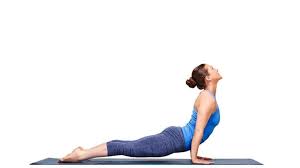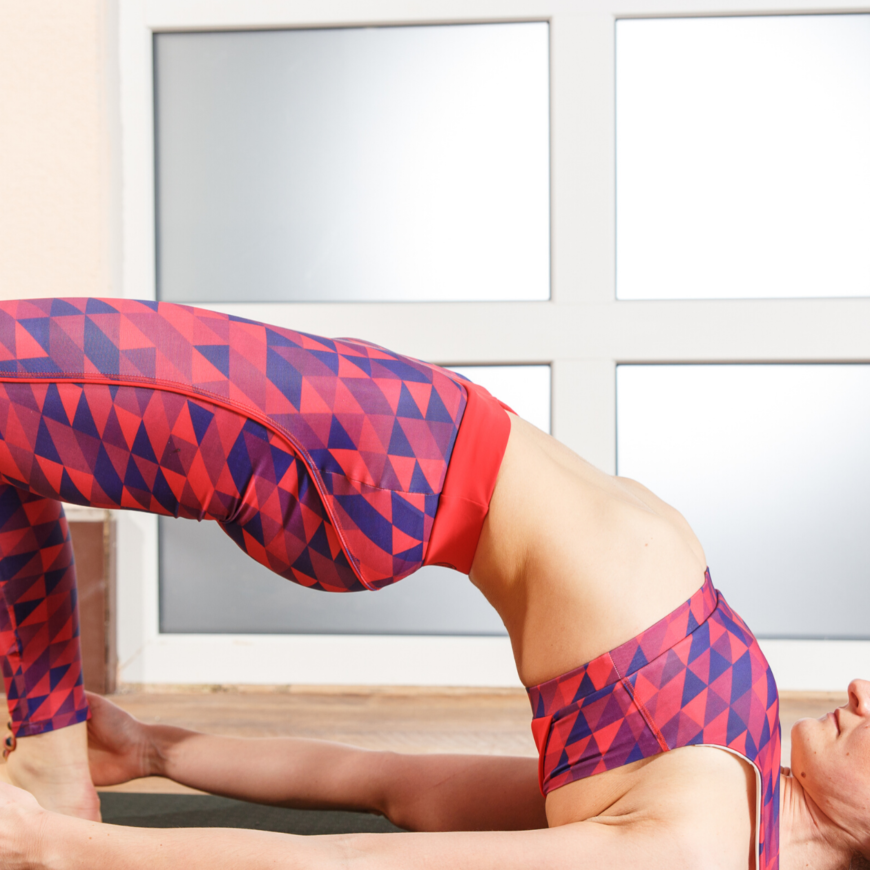Half frog Pose or Ardha Bhekasana is a laying pose and stretching pose. It helps the body and organs in a number of ways. This is a stretching exercise of the ankle and the thighs. It makes the thighs and back strong and relieves from the lower back pain. The person who suffers from lower back pain should not bend downward, so this back bending exercise is quite beneficial for such peoples.
Steps of doing Half frog Pose
- Start the pose in Sphinx pose, pressing down with all ten toenails on the floor, spinning the inner thighs to the ceilings, and firming the outer ankles into your midline.
- Keeping the left elbow in front of your shoulder and move your hands so that your fingers point towards the right wrist and your forearm is at a diagonal.
- Press down with your left forearm to roll your left shoulder back and up away from the floor or the mat.
- Extend your sternum away from the navel, and broaden your collarbones lift and open your chest.
- Place your right hand just next to your lower ribs with your fingers pointing forward and your shoulders at elbow heights as in Chaturanga Dandasana that is four-limbed staff pose.
- Bend your right knee just like aiming your foot towards your right buttock.
- Keep your right hand on the top of the right foot with your fingers still pointing in the forward direction by keeping yourself in Chaturanga shape of your body.
- Have a deepen stretch in your quadriceps and descend your tailbone and lift your right knee as much as you feel comfortable.
- Continue to lift your chest and pin your left shoulder back and up.
- Hold the pose for few breaths or for few seconds and then release, repeat the same pose on another side of the body.
Benefits of doing Half frog pose
- Half frog Pose or Ardha Bhekasana helps in stretching the front of thighs and ankles both.
- Gently strengthens the back to support the Half frog Pose or Ardha Bhekasana poses shape.
- Avoid the asana if one is having knee pain, knee injury, knee ligament, knee arthritis, knee replacement, or any other knee ailment.
- Always try to release the pose very slowly.





Add Comment